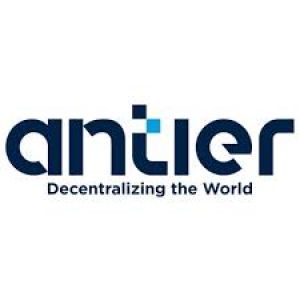Crypto Coin Development: Important things to considerPosted by Antier Solutions on September 30th, 2021 Tokens are cryptocurrencies that are created on an existing blockchain and follow a certain token standard. On the other hand, crypto coin development involves building a currency on a new blockchain. For example, Ether is a crypto coin as it was built on its Ethereum blockchain and all other currencies built using the Ethereum standard are tokens. With the introduction of smart contracts, Ethereum became the most used blockchain for the creation of ERC-20 crypto tokens. Following the suite, many blockchains like Binance Smart Chain (BEP-20), NEO (NEP and NEP-5), Tezos (TZIP-12) introduced different token standards. Each has its own advantage but if you want to differentiate yourself from the competition, the token development procedure must be planned carefully. Here is what you should know before creating your own cryptocurrency. 1. Identify the use-caseFinding out the actual use-case of your token is very important because that is what drives the price of the token in the future. Different tokens exist for different purposes. You can always ask your cryptocurrency development company to help you analyze which type of token is suitable for the proposed use-case. Some of the popular types of tokens are: • Security token • Utility token • Asset token • Stable coins • NFTs 2. Pick the right consensus protocolFor your token to accrue value in the market, the blockchain on which it is built must be selected based on the consensus protocol that it uses. For example, most of the token development projects handled by a cryptocurrency development company pivot around the ERC-20 Ethereum standard that is currently a proof-of-work algorithm and consumes a lot of energy to reach consensus. 3. Pick the blockchainBased on the consensus mechanism that you choose, you can pick from the following list of blockchains. Proof-of-work Proof-of-stake Other consensus protocols are Proof of Capacity, Proof of Burn, Proof of Elapsed time, Proof of Staked authority and more. You can discuss the details with your cryptocurrency development services provider to understand which blockchain suits your project idea. 4. Designing the nodesThe nodes help you decide how the data is verified and processed. You can choose private, public and hybrid nodes for your project. This will help you decide how the security of the token needs to be taken care of. 5. Build your own blockchainWhile developing tokens is a quick and cost-effective process, there may be scenarios when you would have to go for completely new blockchain development. Crypto coin development is just a part of blockchain development; there is a lot more that needs to be taken care of when you design a new blockchain: • Define the permissions that decide who can access the data from the chain, perform the transactions and validate data to add new blocks to the chain. Wrapping it upIf you have come across this article, it means you have come quite far and after reading this article you must have understood that a lot of work needs to be done before token or crypto coin development. At Antier Solutions we house a cross-functional team of blockchain experts who offer comprehensive solutions – from conceptualization and coin/token development to deployment, launch, and marketing. Schedule a free demo of one of our token development projects or connect with our subject matter experts to share your needs for crypto coin or token development. Like it? Share it!More by this author |


